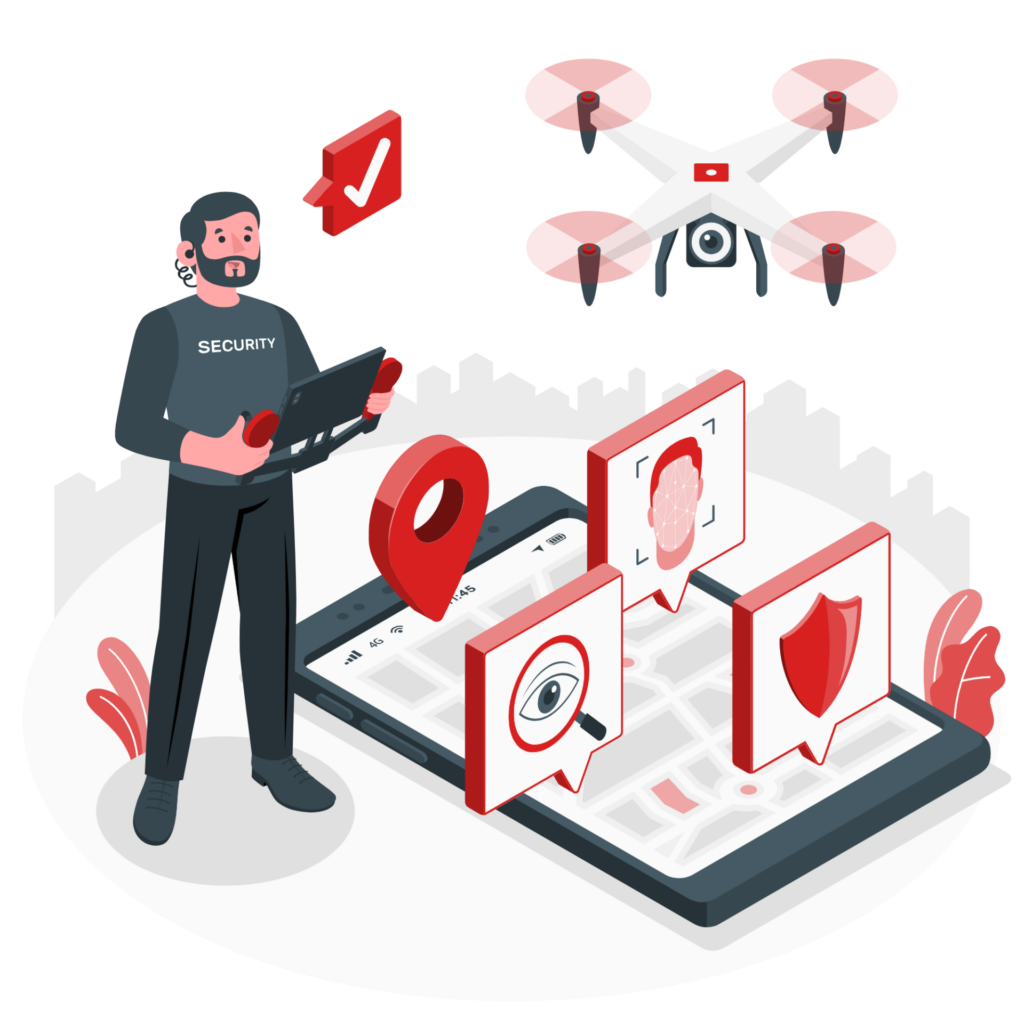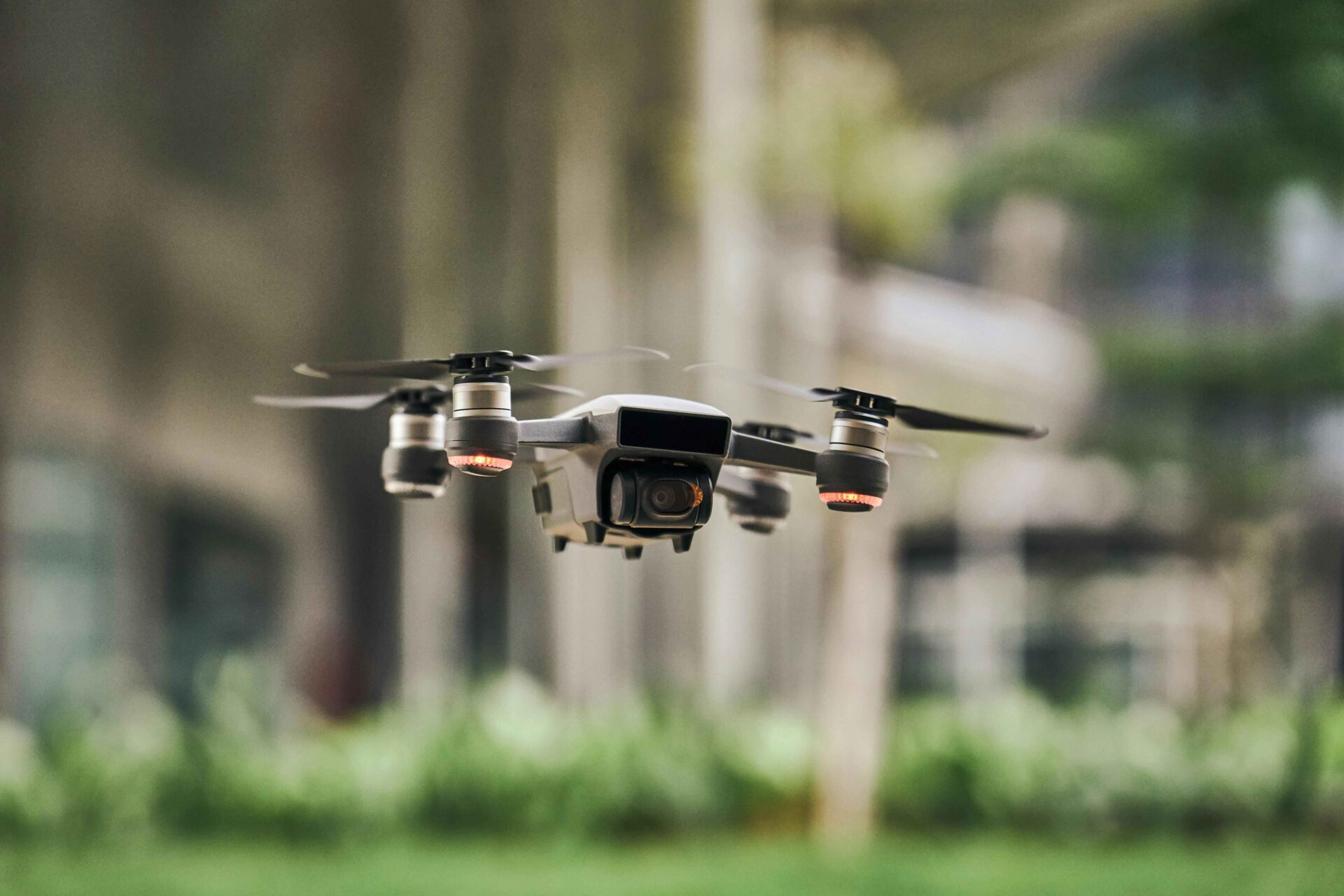Managing complex assets across industries is no longer sustainable with traditional systems. As digital transformation accelerates, 3D Digital Twins have emerged as a game-changer. This article explores how 3D Digital Twins for Asset Tracking and Maintenance are revolutionizing industries across India, the GCC (UAE, Saudi Arabia, Qatar, Oman, Kuwait, Bahrain), and the Far East (China, Japan, South Korea, Singapore, and others).
3D digital twins provide a real-time, data-driven representation of physical assets. They help track, simulate, and optimize the performance and condition of these assets, paving the way for predictive maintenance, reduced operational costs, and improved safety.
What Is 3D Digital Twins?
A 3D Digital Twin is a dynamic virtual replica of a physical asset, system, or environment. It’s continuously updated using data from IoT sensors, real-time analytics, and AI/ML models. This digital counterpart mirrors real-world behavior and condition, offering businesses deep insights for informed decisions.
Unlike static models, digital twins evolve with the asset, making them invaluable in managing complex operations such as offshore platforms, urban infrastructure, or manufacturing lines.

Industries Benefiting from 3D Digital Twin Technology
| Industry | Use Case | Impact |
|---|---|---|
| Oil & Gas | Offshore rig simulation, pipeline integrity | Reduced downtime, enhanced safety |
| Utilities | Smart grid monitoring, transformer lifecycle | Predictive alerts, fewer outages |
| Manufacturing | Assembly line tracking, equipment lifecycle | Improved efficiency, reduced wastage |
| Real Estate & Construction | Structural health monitoring, HVAC optimization | Longer building life, energy efficiency |
| Marine & Ports | Ship maintenance, port asset tracking | Lower repair costs, real-time insights |
| Healthcare & Lifesciences | Medical equipment monitoring, smart facility ops | Cost savings, better patient outcomes |
| Banking | Infrastructure monitoring, data center management | Improved uptime, cost optimization |
| Minerals & Metals | Heavy equipment tracking, mine site visibility | Increased safety, operational control |
| Government & Defense | Defense logistics, smart city planning | Tactical edge, compliance |
| EPC | Project simulation, progress tracking | Timely delivery, resource efficiency |
| Aviation | Fleet health monitoring, airside equipment tracking | Minimized delays, cost control |
Book a FREE 3D Digital Twin demo

Why 3D Digital Twins for Asset Tracking and Maintenance Matter
1. Real-Time Asset Visibility
With IoT sensors and cloud integrations, digital twins provide real-time dashboards showing current performance, usage, and issues—vital for industries with remote or distributed assets.
2. Predictive Maintenance
Traditional systems react to failures. Digital twins predict them before they happen, reducing unplanned downtime and lowering maintenance costs.
3. Centralized Data-Driven Decisions
3D digital twins collect data from various systems (ERP, CMMS, BIM), creating a single source of truth that enhances strategic decision-making.
4. Safety and Compliance
Visualizing anomalies in 3D allows early identification of hazards, ensuring better compliance with industry standards—especially crucial in regulated sectors like Oil & Gas and Healthcare.
5. Full Lifecycle Management
From design to decommissioning, digital twins provide insights that extend asset life, reduce TCO, and support sustainable operations.
Regional Relevance and Adoption Trends
India
- Boosted by Smart City and Digital India initiatives
- High potential in Real Estate, EPC, and Utilities
GCC (UAE, Saudi Arabia, etc.)
- Vision 2030 driving digital transformation in Oil & Gas, Smart Cities
- Strong government support for Industrial 4.0
Far East (China, Japan, Singapore, etc.)
- Investments in advanced manufacturing and infrastructure
- Leadership in port and logistics automation
Case Study: Oil & Gas
A major Gulf-based energy company implemented 3D digital twins across offshore rigs. They enabled:
- Remote monitoring of critical equipment
- Predictive alerts for pipeline corrosion
- Virtual inspection tours
Outcome: 30% reduction in downtime, enhanced worker safety, and improved compliance with environmental standards.
How 3D Digital Twins for Asset Tracking and Maintenance Work
- Data Collection: IoT sensors monitor temperature, vibration, pressure, etc.
- Modeling: 3D models built using BIM or CAD, enriched with sensor data
- Integration: Connects with ERP, CMMS, and analytics tools
- Analytics & Simulation: AI/ML models predict issues and simulate scenarios
- Visualization: Dashboards and 3D interfaces for asset tracking and insights
Challenges in Digital Twin Implementation
- High Initial Costs: Infrastructure and 3D modeling tools can be expensive
- Data Integration: Disparate systems must be synchronized
- Cybersecurity Risks: Need for encrypted data and secure architecture
- Talent Shortage: Requires skilled resources in AI/IoT/BIM
FAQ: 3D Digital Twins for Asset Tracking and Maintenance
Q1: Is a digital twin just a 3D model?
No. A digital twin is a live data-powered model that mirrors real-world performance, not just a visual representation.
Q2: What kind of ROI can I expect?
Most organizations see ROI within 12-18 months through reduced downtime, lower maintenance costs, and better planning.
Q3: Are digital twins scalable for large enterprises?
Absolutely. They can be deployed across thousands of assets and scaled with cloud-native infrastructure.
Q4: How secure are digital twin systems?
When built on secure protocols with end-to-end encryption, they meet or exceed industry security standards.
Q5: Can this technology integrate with our existing systems?
Yes, most digital twin platforms offer seamless integration with ERP, SCADA, CMMS, and BIM systems.
Conclusion
3D Digital Twins are reshaping industrial operations by providing unmatched asset visibility, enhancing safety, and enabling predictive maintenance. As industries in India, the GCC, and the Far East pursue digitization, digital twins are set to become a foundational tool for operational excellence.
Adopting this technology now gives organizations a competitive edge, operational agility, and a sustainable future.

Not Sure Where to Start?
Let us guide you through a tailored adoption strategy. Contact our experts for a no-obligation consultation.


